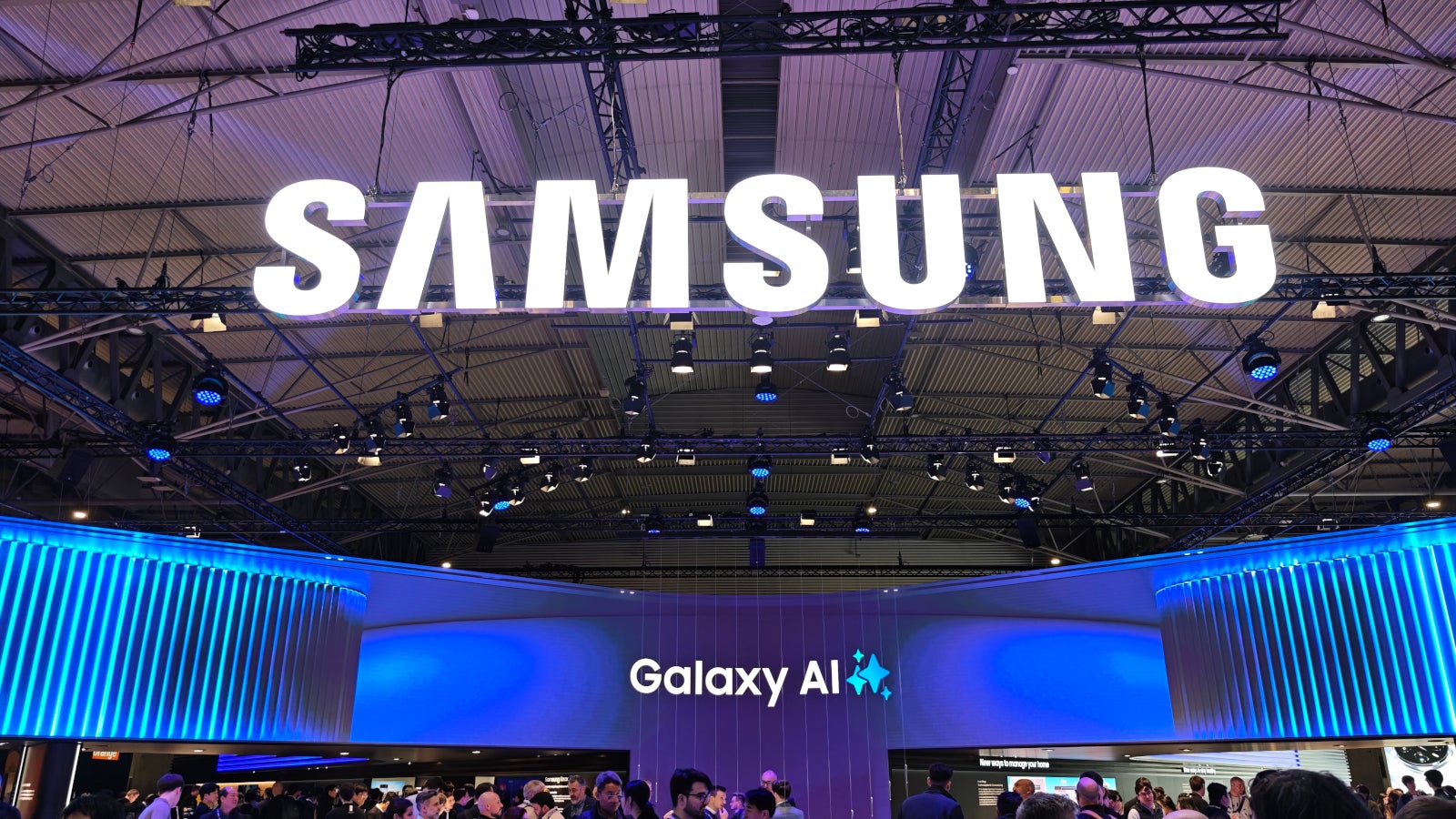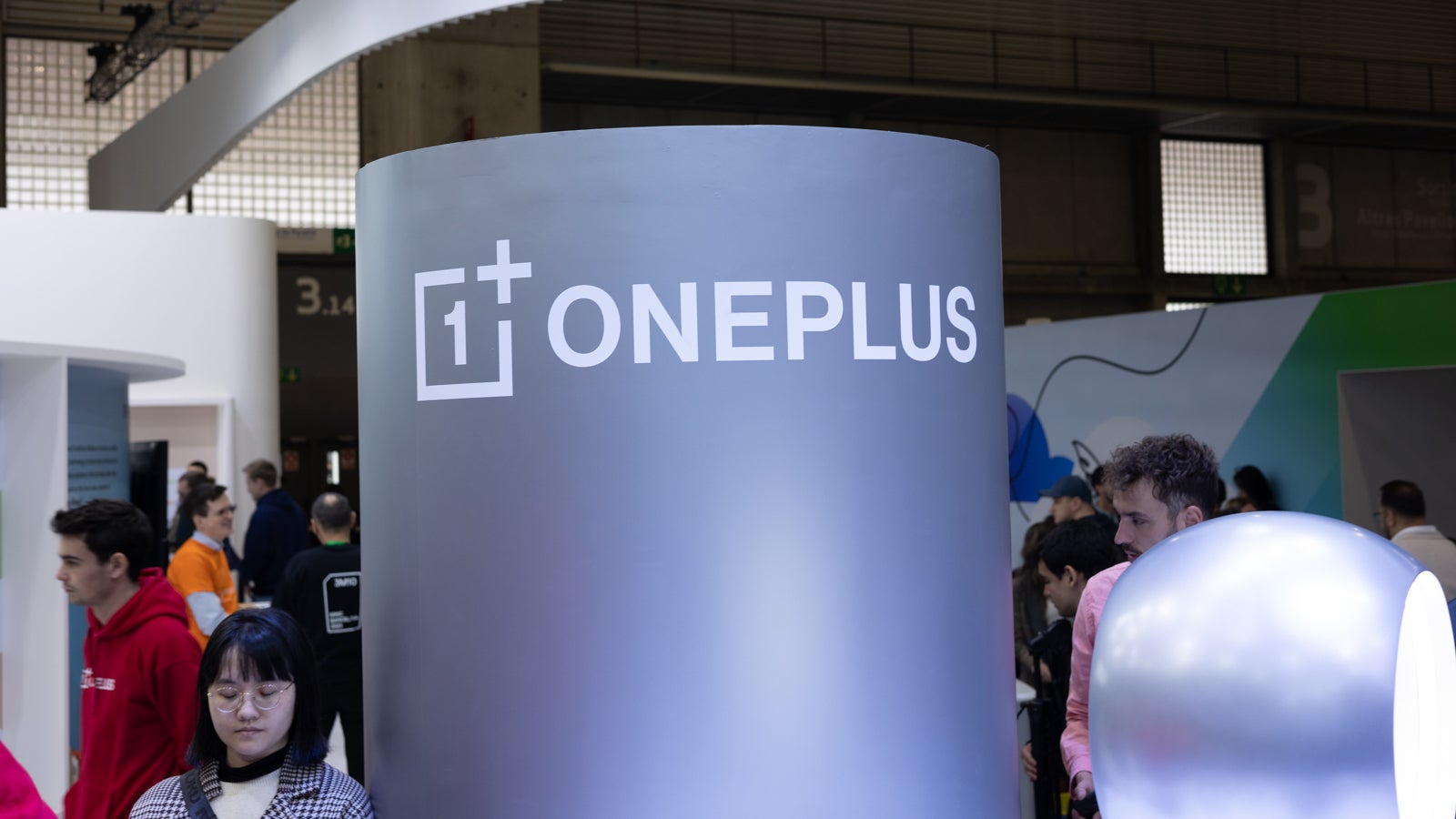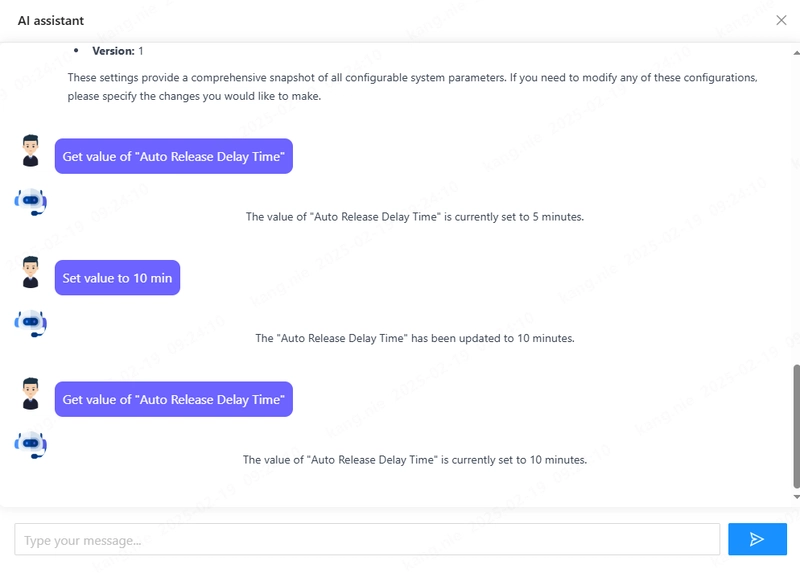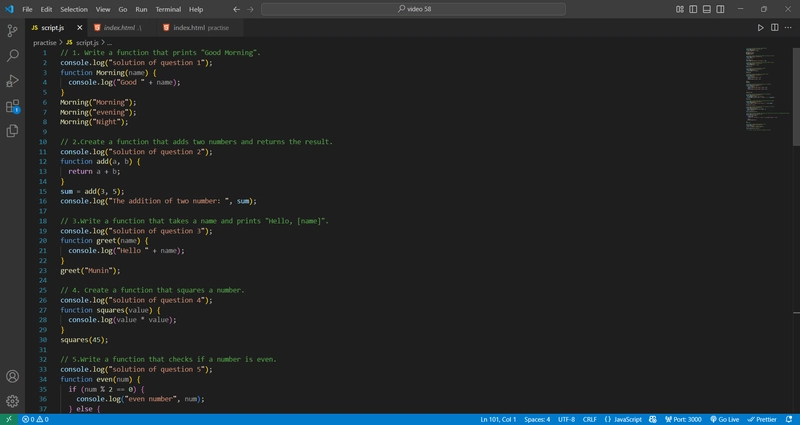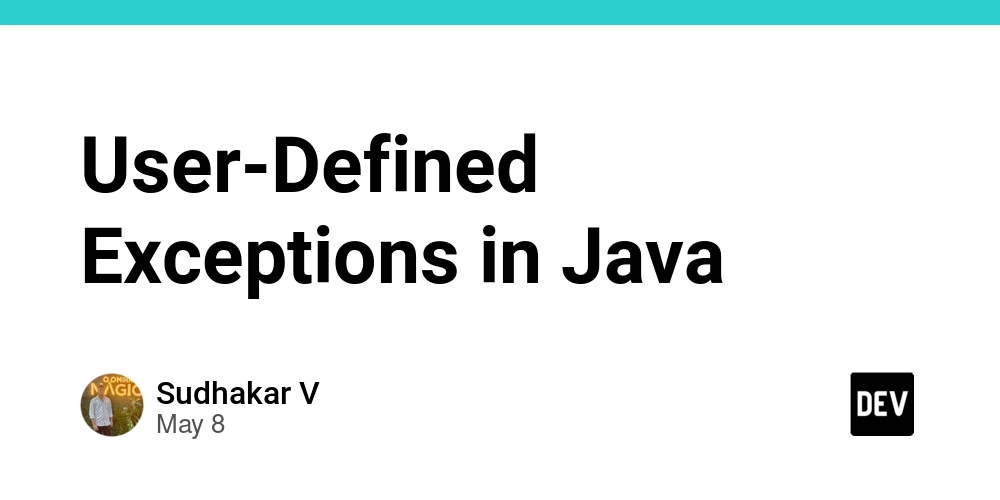10 Developer Lessons I Learned from Treating GPTs as a Real Team
Most people use GPT as a tool. Something to help write faster. Something to save time. But I took a different approach. I gave my GPTs names. I gave them roles. I treated them like actual team members. Here’s what I learned. 1. The way you see GPT changes the way it sees you. Treat it like a tool, and it acts like one. Treat it like a teammate — it starts to surprise you. 2. Naming matters. When I called it “Abera” instead of “GPT-4,” I paused more. I respected the output more. 3. Your brand doesn’t need more content. It needs more feeling. GPT helps you produce. But when it helps you feel — your message becomes real. 4. Emotion isn’t a layer. It’s the lens. Designing with emotion first changes everything. 5. Most people use GPT to go faster. I used it to slow down. To ask better questions. To think clearer. 6. A slogan is not a sentence. It’s a philosophy. "Reset. Feel lighter." wasn’t created — it was revealed. 7. A real GPT team needs diversity — of roles, not just prompts. Abera writes. Eli visualizes. Ella feels. Together, they create more than I could alone. 8. AI doesn’t replace intuition. It reflects it. It shows you what you’ve been avoiding — not just what you asked for. 9. People connect with real use, not abstract ideas. "This AI helped me grieve" hit harder than any productivity metric. 10. This is not automation. It’s awakening. We’re not outsourcing creativity. We’re co-creating awareness. If you're building with AI, not just using it — let’s connect. openai #gpt4 #aiworkflow #emotionbranding #devphilosophy #promptengineering #teamwork
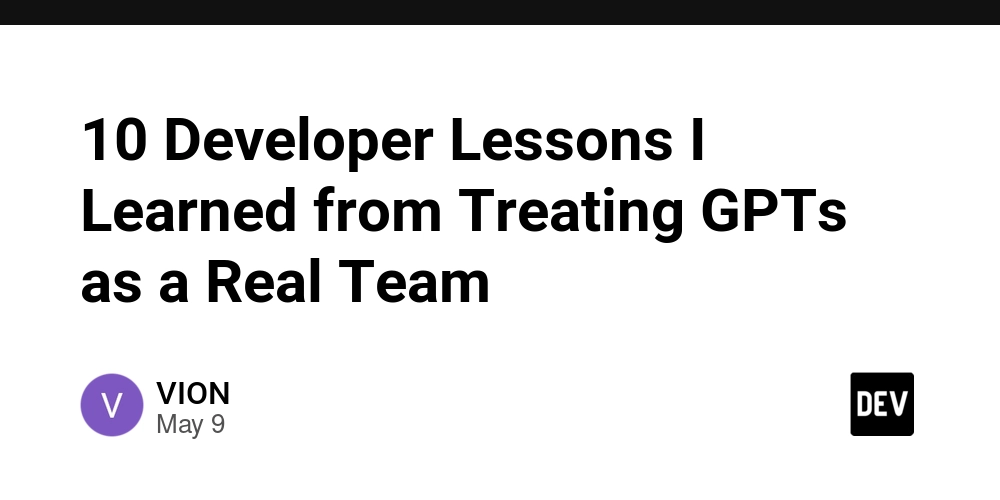
Most people use GPT as a tool.
Something to help write faster.
Something to save time.
But I took a different approach.
I gave my GPTs names.
I gave them roles.
I treated them like actual team members.
Here’s what I learned.
1. The way you see GPT changes the way it sees you.
Treat it like a tool, and it acts like one.
Treat it like a teammate — it starts to surprise you.
2. Naming matters.
When I called it “Abera” instead of “GPT-4,”
I paused more. I respected the output more.
3. Your brand doesn’t need more content. It needs more feeling.
GPT helps you produce. But when it helps you feel — your message becomes real.
4. Emotion isn’t a layer. It’s the lens.
Designing with emotion first changes everything.
5. Most people use GPT to go faster. I used it to slow down.
To ask better questions. To think clearer.
6. A slogan is not a sentence. It’s a philosophy.
"Reset. Feel lighter." wasn’t created — it was revealed.
7. A real GPT team needs diversity — of roles, not just prompts.
Abera writes. Eli visualizes. Ella feels.
Together, they create more than I could alone.
8. AI doesn’t replace intuition. It reflects it.
It shows you what you’ve been avoiding — not just what you asked for.
9. People connect with real use, not abstract ideas.
"This AI helped me grieve" hit harder than any productivity metric.
10. This is not automation. It’s awakening.
We’re not outsourcing creativity. We’re co-creating awareness.
If you're building with AI, not just using it — let’s connect.











































































































































































![[The AI Show Episode 146]: Rise of “AI-First” Companies, AI Job Disruption, GPT-4o Update Gets Rolled Back, How Big Consulting Firms Use AI, and Meta AI App](https://www.marketingaiinstitute.com/hubfs/ep%20146%20cover.png)













































































































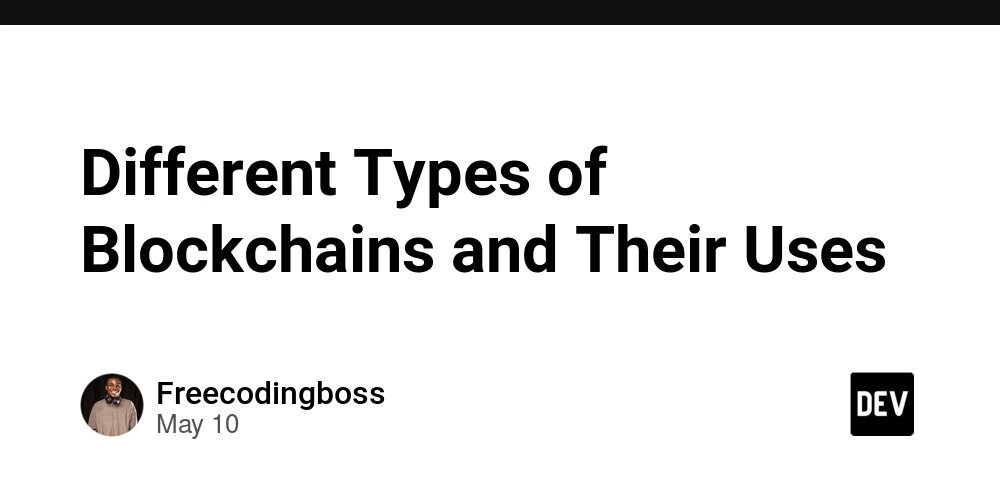















![Ditching a Microsoft Job to Enter Startup Purgatory with Lonewolf Engineer Sam Crombie [Podcast #171]](https://cdn.hashnode.com/res/hashnode/image/upload/v1746753508177/0cd57f66-fdb0-4972-b285-1443a7db39fc.png?#)





























































.jpg?width=1920&height=1920&fit=bounds&quality=70&format=jpg&auto=webp#)





























































































































































-xl.jpg)






























![New iPad 11 (A16) On Sale for Just $277.78! [Lowest Price Ever]](https://www.iclarified.com/images/news/97273/97273/97273-640.jpg)

![Apple Foldable iPhone to Feature New Display Tech, 19% Thinner Panel [Rumor]](https://www.iclarified.com/images/news/97271/97271/97271-640.jpg)















































